Home>Articles>How Much Electricity Does Washer And Dryer Use
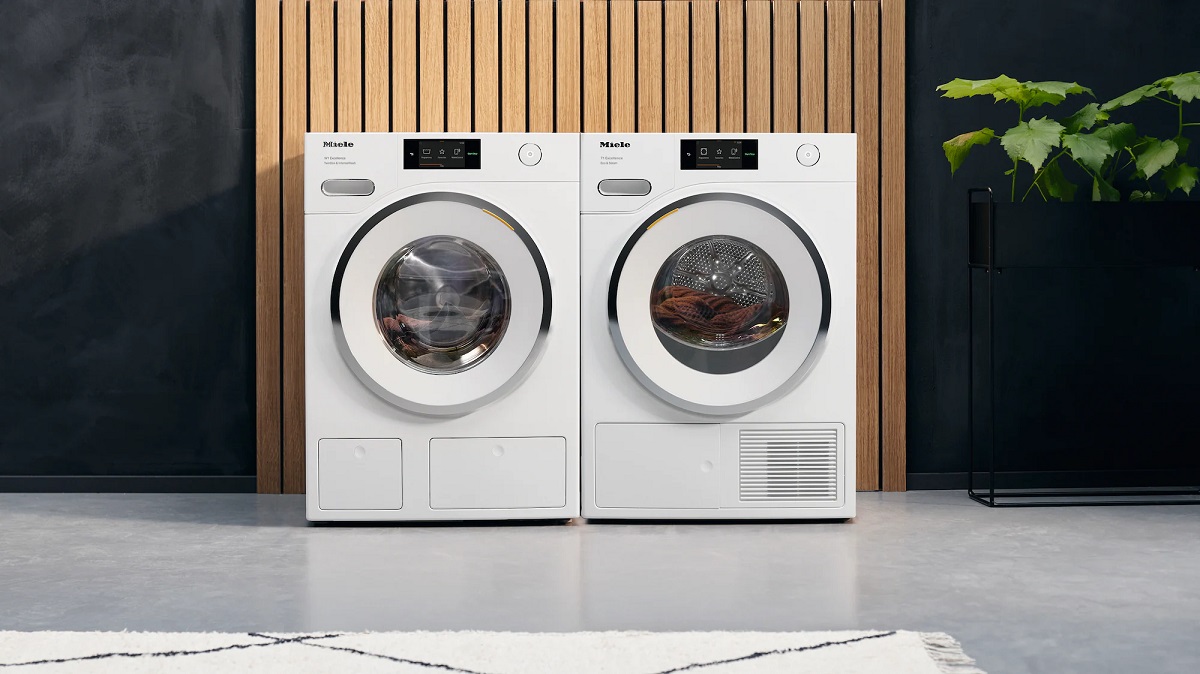

Articles
How Much Electricity Does Washer And Dryer Use
Modified: November 1, 2024
Discover how much electricity your washer and dryer use with our informative articles. Get expert insights and tips on energy-saving practices.
(Many of the links in this article redirect to a specific reviewed product. Your purchase of these products through affiliate links helps to generate commission for Storables.com, at no extra cost. Learn more)
Introduction
Welcome to this informative article that will delve into the world of home appliances and explore the topic of electricity consumption by washers and dryers. As energy conservation and sustainability become increasingly important, it is crucial to understand how much electricity these essential appliances consume and discover ways to optimize their usage.
Washers and dryers are integral components of our daily lives, providing convenience and efficiency when it comes to doing laundry. However, these appliances can also be significant contributors to our energy bills. Understanding their energy usage patterns will empower us to make informed decisions and take steps towards reducing our environmental impact.
Throughout this article, we will explore how to determine the energy consumption of washers and dryers, factors that affect their electricity usage, and tips for reducing their energy consumption. Additionally, we will discuss energy-efficient options that can help us minimize our ecological footprint without compromising on performance.
By the end of this article, you will have a comprehensive understanding of the electricity usage of washers and dryers and be equipped with practical knowledge to make more conscious decisions as a consumer.
Key Takeaways:
- Understanding the electricity consumption of washers and dryers empowers consumers to make informed decisions, reduce energy usage, and minimize environmental impact while optimizing efficiency.
- By choosing energy-efficient appliances, running full loads, and implementing simple strategies, households can significantly lower utility bills and contribute to a greener, more sustainable future.
Read more: How Much For A Used Washer And Dryer
Understanding Electricity Consumption
Before we delve into the specifics of washer and dryer electricity consumption, it is essential to understand the concept of electricity consumption as a whole. Electricity consumption refers to the amount of electrical energy used by an appliance or a household over a given period, typically measured in kilowatt-hours (kWh).
When it comes to appliances like washers and dryers, electricity consumption can vary based on several factors, including the appliance’s energy efficiency rating, the size of the load being washed or dried, and the settings chosen by the user. Understanding these factors will allow us to make informed decisions and optimize our energy usage.
It’s important to note that electricity consumption can differ significantly between different models and brands of washers and dryers. Newer, energy-efficient models tend to consume less electricity compared to older, less efficient ones.
Next, let’s dive into the specific methods for determining the energy usage of a washer.
Determining the Energy Usage of a Washer
When it comes to determining the energy usage of a washer, there are a few key factors to consider. One of the most important is the Energy Star rating.
The Energy Star rating is a widely recognized symbol that indicates a product’s energy efficiency. Washers with higher Energy Star ratings are designed to use less electricity, ultimately reducing your energy consumption and lowering your utility bills. Look for washers that have earned the Energy Star label to ensure you’re selecting a more energy-efficient option.
In addition to the Energy Star rating, there are other indicators you can look for to evaluate a washer’s energy usage. These include the washer’s water factor, which measures the amount of water used per cubic foot of laundry, and the Integrated Modified Energy Factor (IMEF), which calculates the washer’s energy efficiency based on the energy used to heat the water and operate the machine.
To get an accurate idea of a washer’s energy consumption, you can refer to the Energy Guide Label that is typically provided with the appliance. This label provides an estimated annual energy usage in kilowatt-hours and allows you to compare the energy consumption of different models.
It’s important to note that the size of the load being washed will also impact the energy consumption. Washing full loads rather than partial loads can be more efficient in terms of electricity usage. Therefore, it’s advisable to wait until you have a sufficient amount of laundry to maximize energy efficiency.
By considering the Energy Star rating, water factor, IMEF, and load size, you will be able to make an informed decision when choosing a washer that aligns with your energy-saving goals.
Determining the Energy Usage of a Dryer
When it comes to determining the energy usage of a dryer, there are a few key factors to consider. Similar to washers, the Energy Star rating is an important indicator of a dryer’s energy efficiency.
Energy Star-rated dryers are designed to use less electricity by implementing advanced technologies such as moisture sensors and heat pump systems. These features allow the dryer to detect when the clothes are dry and automatically shut off, preventing unnecessary energy consumption. Look for dryers with the Energy Star label to ensure you’re selecting a more energy-efficient option.
Another factor to consider is the heat source of the dryer. Traditional dryers use electric heating elements, while others may utilize gas as a heat source. Gas dryers tend to be more energy-efficient compared to electric dryers, as they typically use less energy to produce the necessary heat.
Similar to washers, the load size also affects the energy consumption of a dryer. It’s more efficient to dry full loads rather than partial loads, as the dryer will operate for a shorter duration, reducing electricity usage. However, be mindful not to overload the dryer, as this can impact drying performance and efficiency.
To determine the energy usage of a dryer, you can refer to the appliance’s Energy Guide Label, which provides an estimated annual energy usage in kilowatt-hours. This allows you to compare different dryer models and select one that meets your energy-saving goals.
It’s worth noting that certain drying settings can impact the energy consumption of a dryer. High heat settings tend to use more energy compared to lower heat settings. Additionally, utilizing features like moisture sensors and timed drying can help optimize energy usage by avoiding over-drying clothes.
By considering the Energy Star rating, heat source, load size, and drying settings, you can make an informed decision when selecting a dryer that not only meets your laundry needs but also minimizes energy consumption.
Consider using cold water for washing clothes to reduce the energy consumption of your washer. Also, clean the lint filter in your dryer regularly to maintain its efficiency.
Factors Affecting Electricity Consumption
Several factors can influence the electricity consumption of washers and dryers. Understanding these factors can help you make conscious decisions and manage your energy usage more effectively. Let’s explore some of the key factors that can impact electricity consumption:
- Appliance Energy Efficiency: The energy efficiency of the washer and dryer models you choose plays a significant role in electricity consumption. Energy-efficient appliances are designed to optimize energy usage and reduce electricity consumption.
- Load Size: The size of the load being washed or dried can affect the electricity consumption. Running full loads in your washer and dryer is more energy-efficient compared to running multiple smaller loads. Avoid overloading the appliances, as it can impact their performance and energy efficiency.
- Settings and Cycles: The settings and cycles you choose for your washer and dryer can affect energy consumption. Using lower temperature settings and shorter drying cycles can help reduce electricity usage. Many appliances offer energy-saving modes and options, such as eco-friendly or quick wash/dry cycles, which can further optimize energy efficiency.
- Usage Frequency: The frequency at which you use your washer and dryer can impact electricity consumption. Reducing unnecessary washing or drying can lead to energy savings. Consider air-drying clothes whenever possible to minimize appliance usage.
- Maintenance and Efficiency: Proper maintenance of your appliances, such as cleaning lint filters and checking for blockages in dryer vents, can help maintain their efficiency. Regular maintenance ensures optimal performance and can contribute to energy savings.
- Location and Climate: The geographical location and climate can indirectly affect electricity consumption. For example, in humid or cold regions, dryers may need to run longer to effectively dry clothes, leading to increased energy consumption.
By taking these factors into consideration, you can identify areas where you can make changes to optimize energy consumption, reduce your environmental impact, and potentially lower your energy bills.
Read more: How Much Does A Washer And Dryer Weigh
Tips to Reduce Electricity Usage of Washer and Dryer
Reducing the electricity usage of your washer and dryer not only benefits the environment but also helps lower your energy bills. Implementing the following tips can help you optimize energy efficiency and reduce electricity consumption:
- Choose Energy-Efficient Appliances: When purchasing a new washer or dryer, look for models with high Energy Star ratings. Energy-efficient appliances are designed to use less electricity while still providing optimal performance.
- Run Full Loads: Whenever possible, wait until you have a full load of laundry before running your washer or dryer. Running full loads is more energy-efficient compared to running multiple smaller loads, as it reduces the number of cycles needed.
- Use Cold Water for Washing: Opt for washing clothes with cold water whenever suitable. Heating water accounts for a significant portion of the washer’s energy consumption. By using cold water, you can reduce electricity usage without compromising the cleanliness of your clothes.
- Choose Shorter Wash and Dry Cycles: Select shorter wash and dry cycles whenever they are suitable for the load. High heat levels and longer cycles consume more electricity. Utilize the quick wash or quick dry settings when possible.
- Air-Dry Clothes: Air-drying clothes is the most energy-efficient alternative to using a dryer. Take advantage of the natural drying power of fresh air by hanging clothes on a clothesline or using drying racks. Reserve the dryer for items that truly require it.
- Clean the Lint Filter: Regularly clean the lint filter in your dryer. A clean filter facilitates proper airflow, allowing the dryer to operate more efficiently. A clogged or dirty filter can hinder the drying process and increase electricity consumption.
- Maintain Dryer Ventilation: Ensure that the dryer vent is clear and free from any blockages. Good ventilation contributes to optimal dryer performance and increases energy efficiency. Remove lint buildup from the vent periodically to prevent obstructions.
- Optimize Dryer Settings: Explore the settings and features of your dryer to find options that conserve energy. Some dryers offer features such as moisture sensors, which detect when the clothes are dry and automatically shut off the dryer, preventing unnecessary energy usage.
- Consider Off-Peak Energy Usage: Inquire with your utility provider to determine if they offer off-peak energy rates. By running your washer and dryer during off-peak hours, you can potentially take advantage of lower electricity rates and reduce your energy expenses.
- Regular Maintenance: Keep your washer and dryer in optimal condition through regular maintenance. Clean the washer drum and dispenser to prevent buildup that can impact performance. Ensure the dryer vents are clear and that the machines are running efficiently. Proper maintenance leads to better energy efficiency.
By implementing these tips, you can significantly reduce the electricity usage of your washer and dryer, contributing to a greener and more sustainable lifestyle while also enjoying the benefits of lower energy bills.
Energy-Efficient Options for Washers and Dryers
If you’re looking to upgrade your current washer and dryer to more energy-efficient options, there are many choices available in the market today. Investing in energy-efficient appliances not only reduces your environmental impact but also saves you money on your energy bills in the long run. Here are some energy-efficient options to consider:
- Front-Loading Washers: Front-loading washers are known for their energy efficiency. They use less water and have higher spin speeds, reducing the drying time required. Look for models with high Energy Star ratings and features that allow for different load sizes and adjustable water temperature settings.
- High-Efficiency Top-Loading Washers: High-efficiency top-loading washers are another energy-conscious option. These washers utilize innovative technologies, such as sensors and impeller systems, to optimize water usage and reduce energy consumption. Look for models with Energy Star certification and features like load size sensing and temperature control.
- Heat Pump Dryers: Heat pump dryers are among the most energy-efficient drying options available. Unlike conventional dryers, heat pump dryers recycle and reuse the hot air in the drum, resulting in significant energy savings. They operate at lower temperatures, reducing energy consumption while still effectively drying clothes. These appliances may have a higher upfront cost but offer long-term energy savings.
- Gas Dryers: Gas dryers are a popular choice for energy-conscious consumers. They use natural gas as a heat source, which is typically less expensive and more efficient than electricity. Gas dryers also tend to have faster drying times, further reducing energy consumption. If your home has an existing gas line, considering a gas dryer may be a cost-effective and energy-efficient option.
- Combined Washer-Dryer Units: For those with limited space or are looking for an all-in-one solution, combined washer-dryer units can be a viable option. These units are designed to wash and dry clothes in a single cycle, eliminating the need for a separate dryer. While these units may not offer as many advanced features as standalone washers and dryers, they can still provide energy efficiency and convenience.
- Smart Appliances: Smart washers and dryers offer energy-saving features and enhanced control over your laundry appliances. These appliances can be connected to your smartphone or home automation system, allowing you to monitor and adjust settings remotely. Some smart features include energy usage tracking, smart scheduling, and intelligent cycle selection, optimizing energy efficiency based on your usage patterns.
- Energy-Efficient Accessories: Consider utilizing energy-efficient accessories in conjunction with your washer and dryer. For example, using dryer balls or wool dryer balls can help improve airflow and reduce drying time, ultimately reducing energy usage. Additionally, using cold water detergent in your washer can further optimize energy efficiency when washing clothes with cold water.
When selecting energy-efficient washers and dryers, pay attention to the Energy Star rating and look for additional features that contribute to energy savings. Remember to consider your specific needs, available space, and budget when making your purchasing decision.
By opting for energy-efficient options, you can make a positive impact on both the environment and your household energy consumption while still effectively addressing your laundry needs.
Conclusion
Understanding the electricity consumption of washers and dryers is crucial in today’s world, where energy conservation and sustainability are of utmost importance. By delving into the specifics of washer and dryer energy usage, factors affecting electricity consumption, and tips to reduce energy usage, we have explored ways to optimize the efficiency of these household appliances.
When determining the energy usage of washers and dryers, factors such as Energy Star ratings, load sizes, settings, and maintenance play a key role. Choosing energy-efficient appliances, running full loads, using cold water for washing, and air-drying clothes are just a few of the strategies that can effectively reduce electricity usage. By implementing these tips, households can lower their utility bills and minimize their environmental impact.
Additionally, there are various energy-efficient options available for both washers and dryers. Front-loading washers, high-efficiency top-loading washers, heat pump dryers, gas dryers, and smart appliances offer different features and benefits, all aimed at reducing energy consumption and maximizing efficiency. By selecting these energy-efficient options, consumers can contribute to a greener future.
In conclusion, being aware of the electricity consumption of washers and dryers and implementing energy-saving practices can have a significant impact on our environmental footprint and energy bills. By making informed choices, utilizing energy-efficient options, and adopting simple yet effective strategies, we can reduce our energy consumption, conserve resources, and contribute to a more sustainable world.
Let us take steps towards a greener future, one load of laundry at a time!
Frequently Asked Questions about How Much Electricity Does Washer And Dryer Use
Was this page helpful?
At Storables.com, we guarantee accurate and reliable information. Our content, validated by Expert Board Contributors, is crafted following stringent Editorial Policies. We're committed to providing you with well-researched, expert-backed insights for all your informational needs.

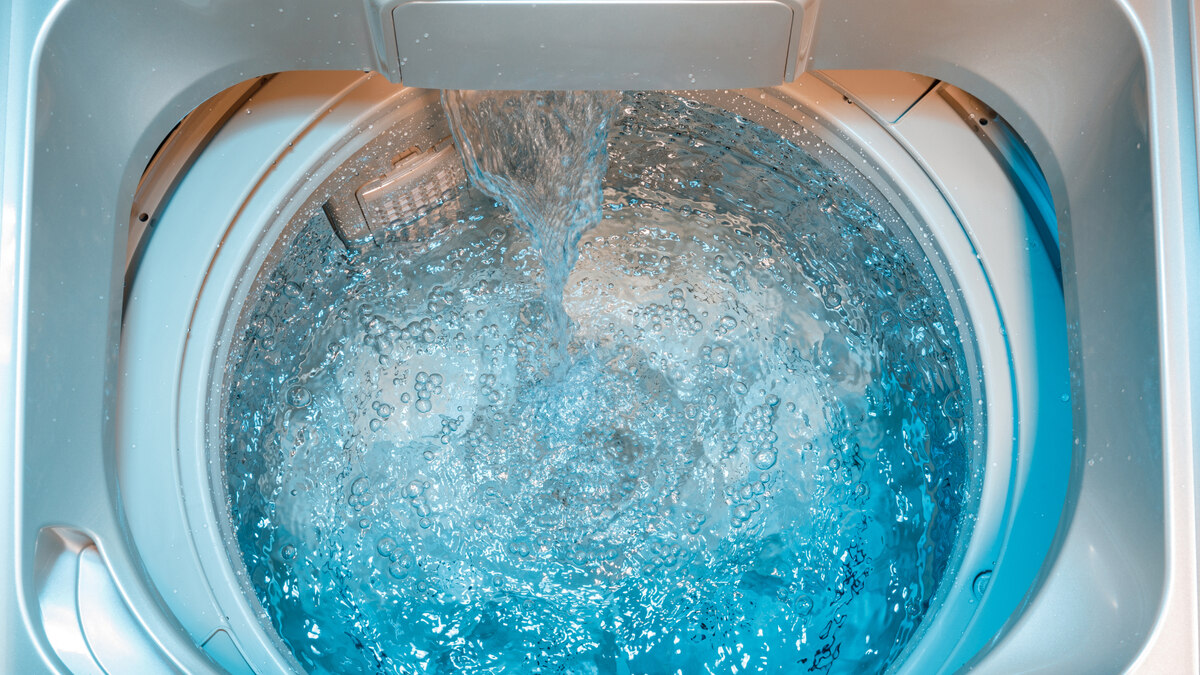
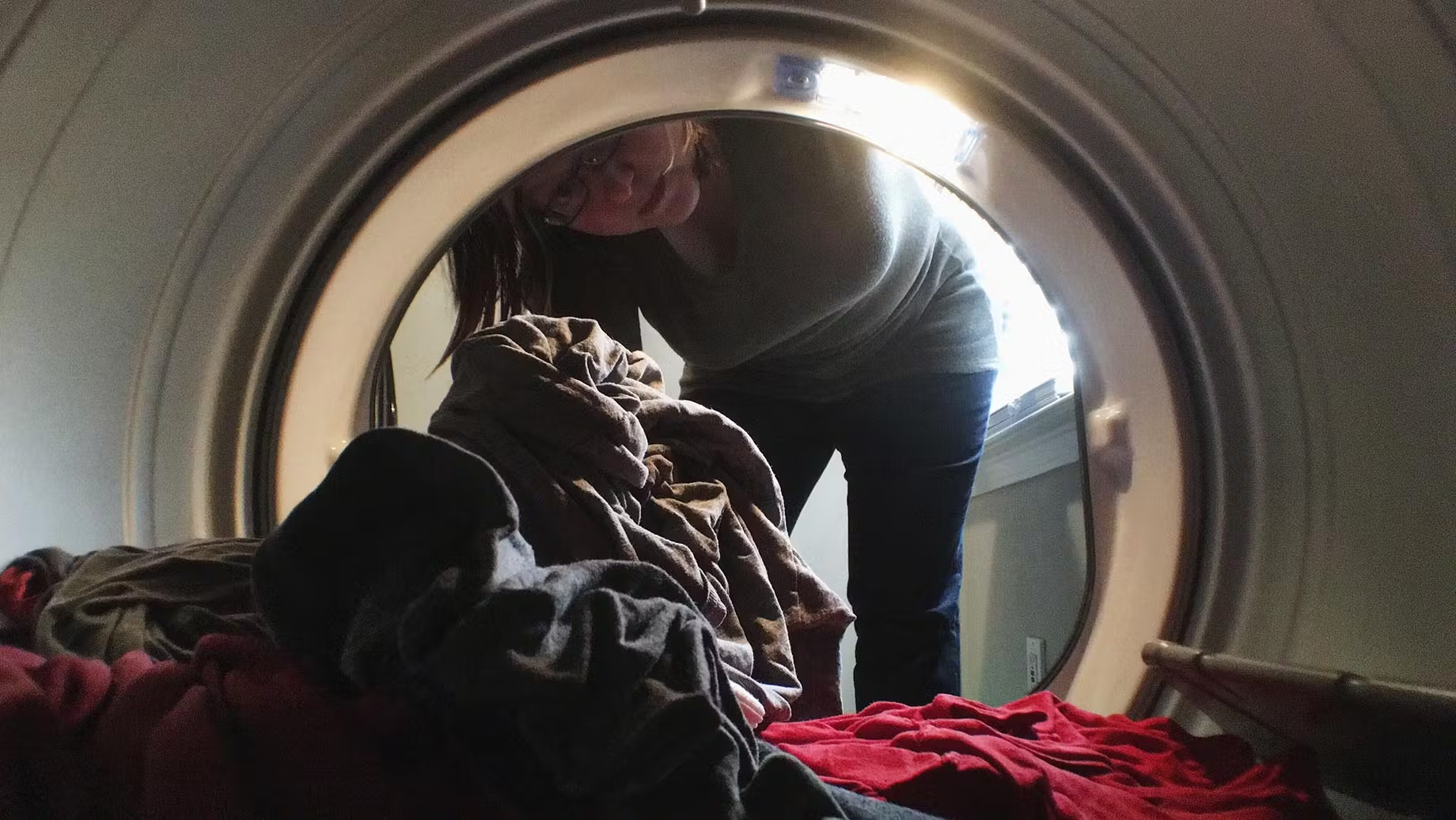
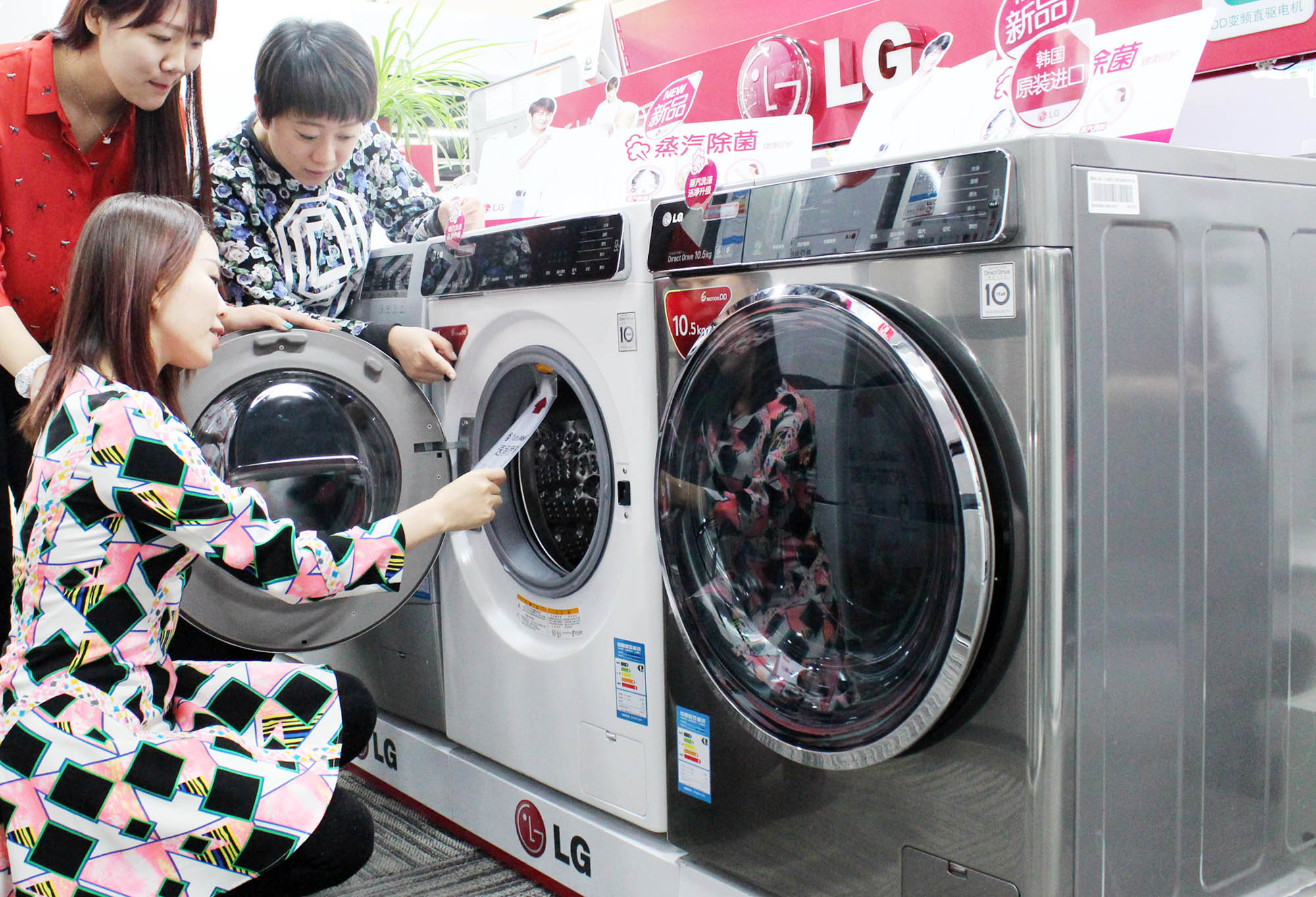
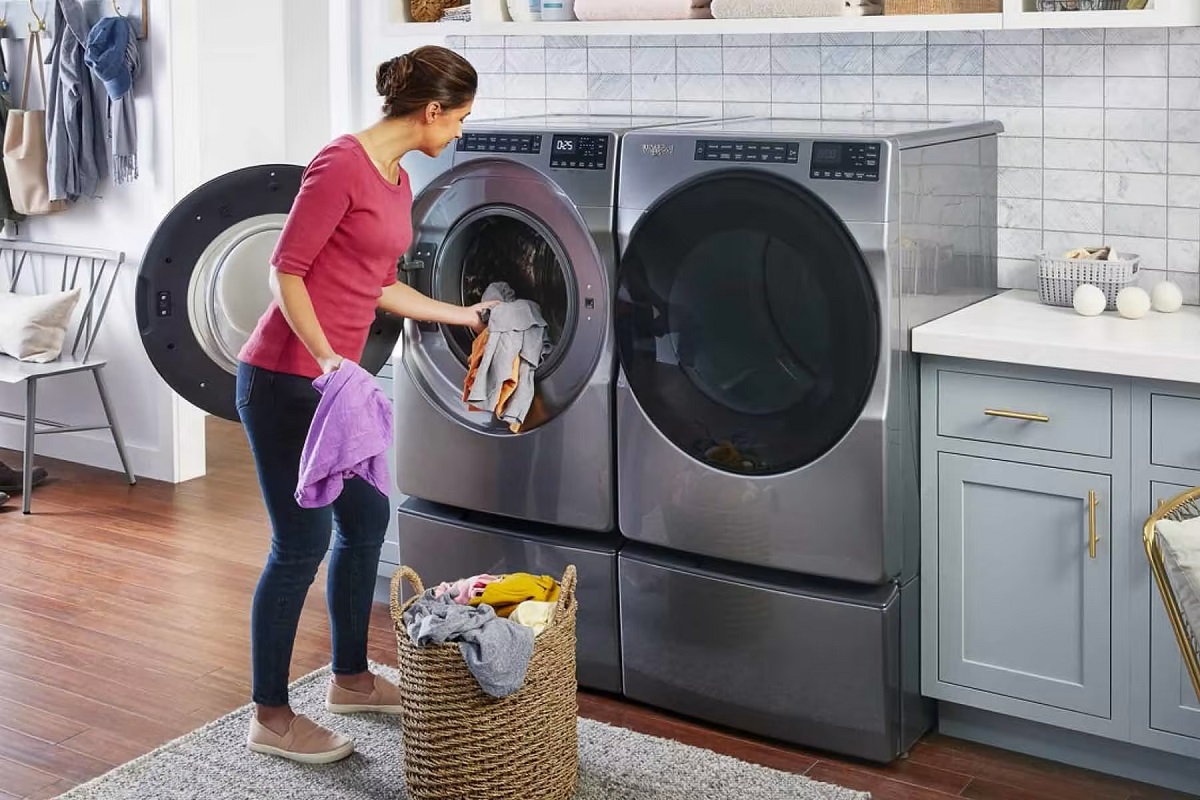
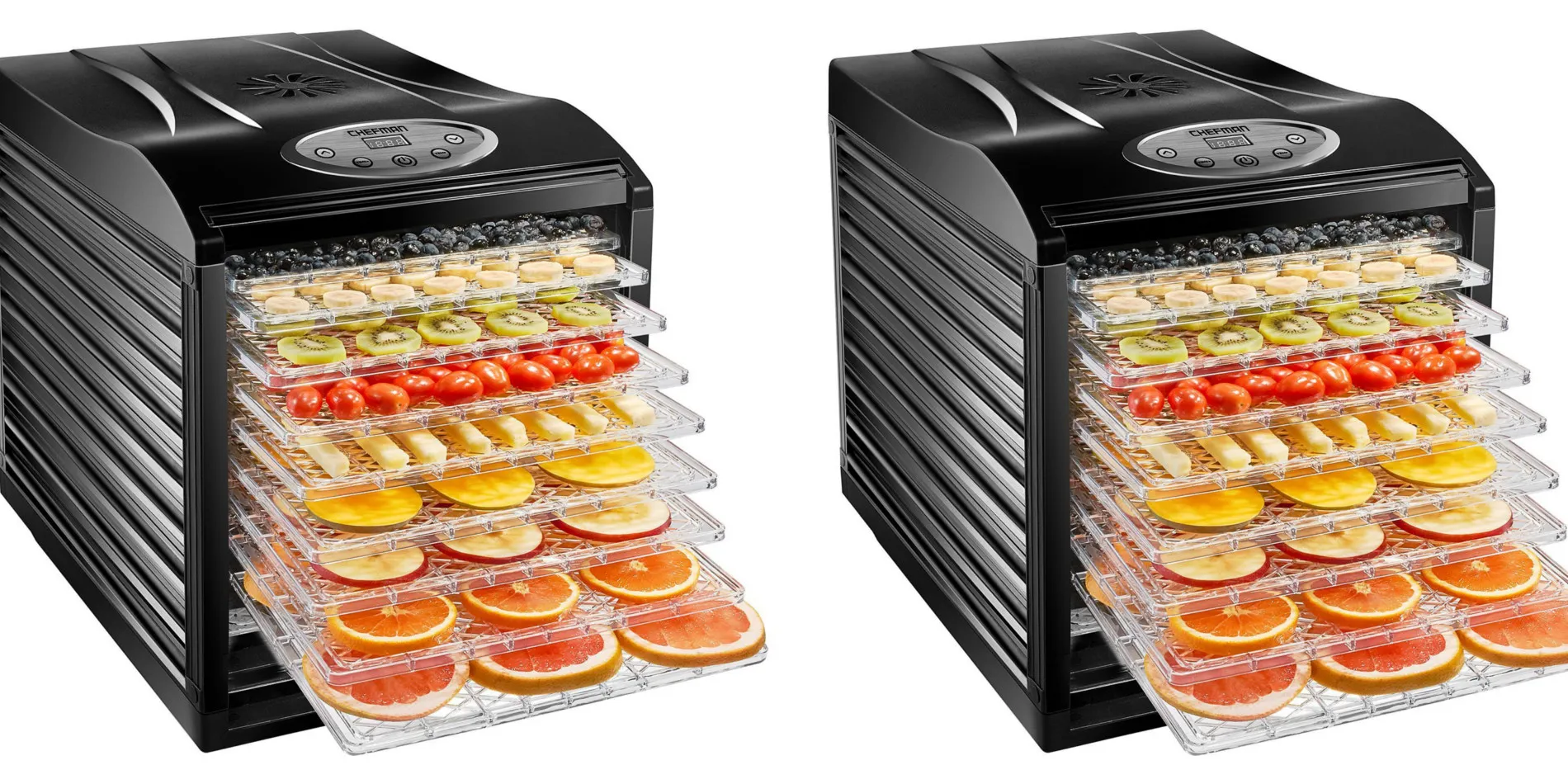

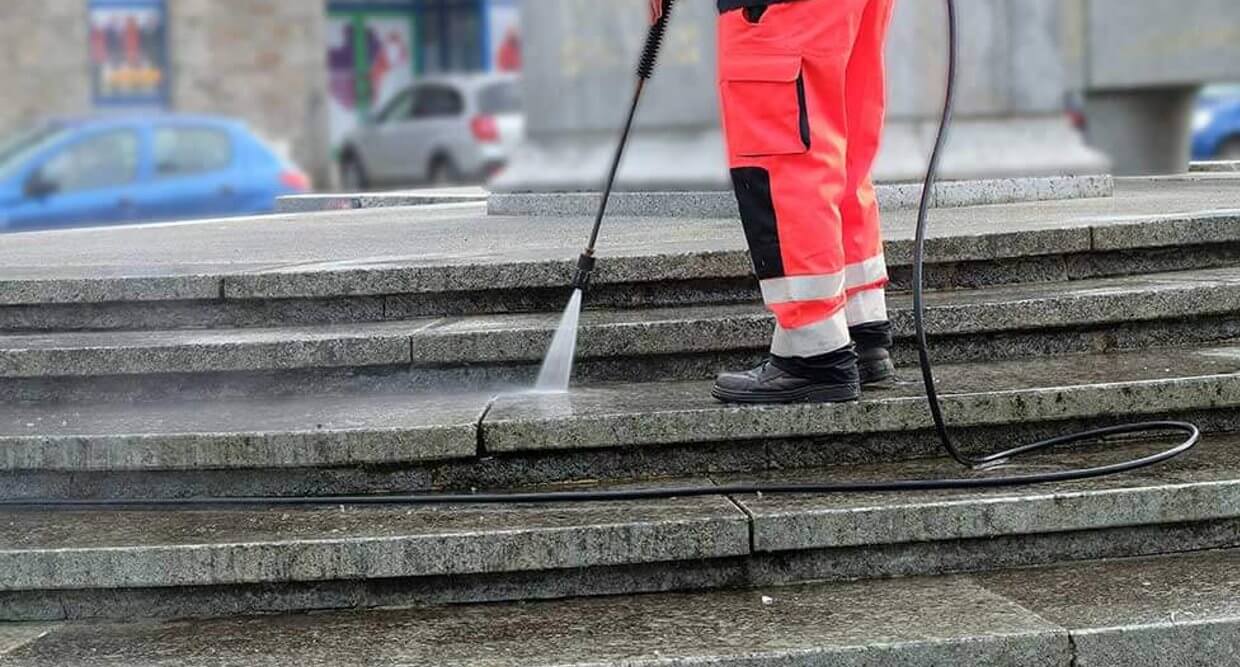
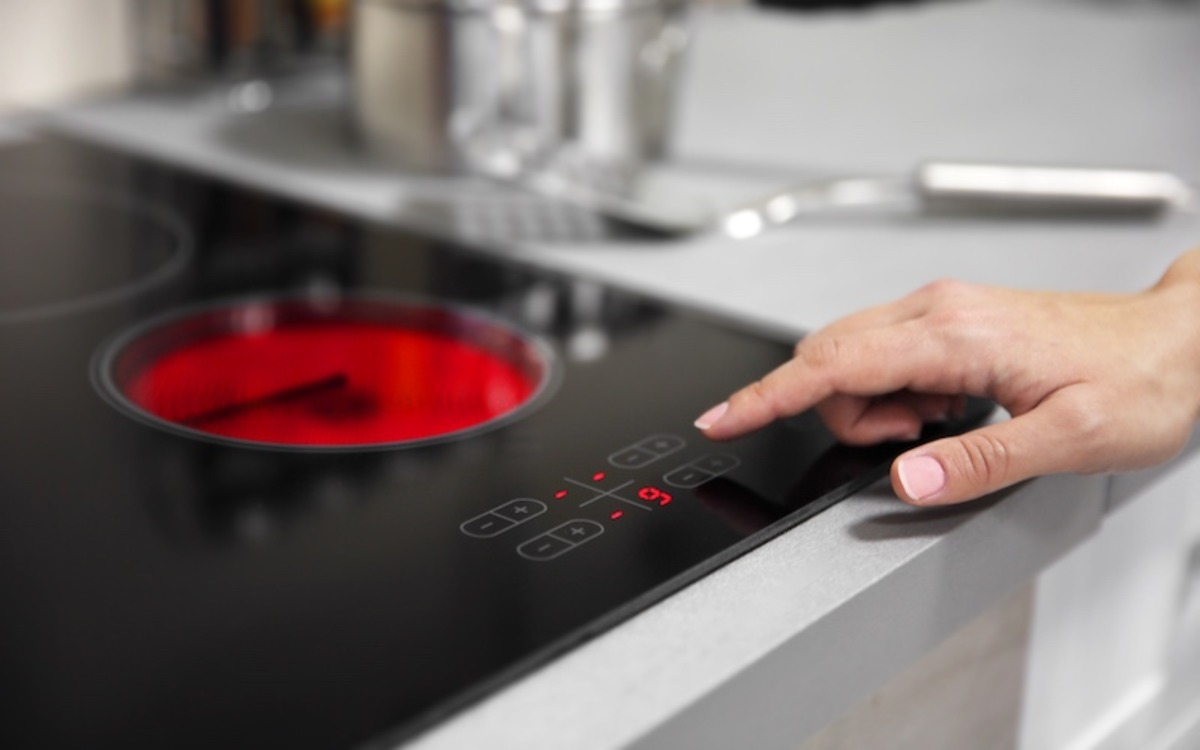
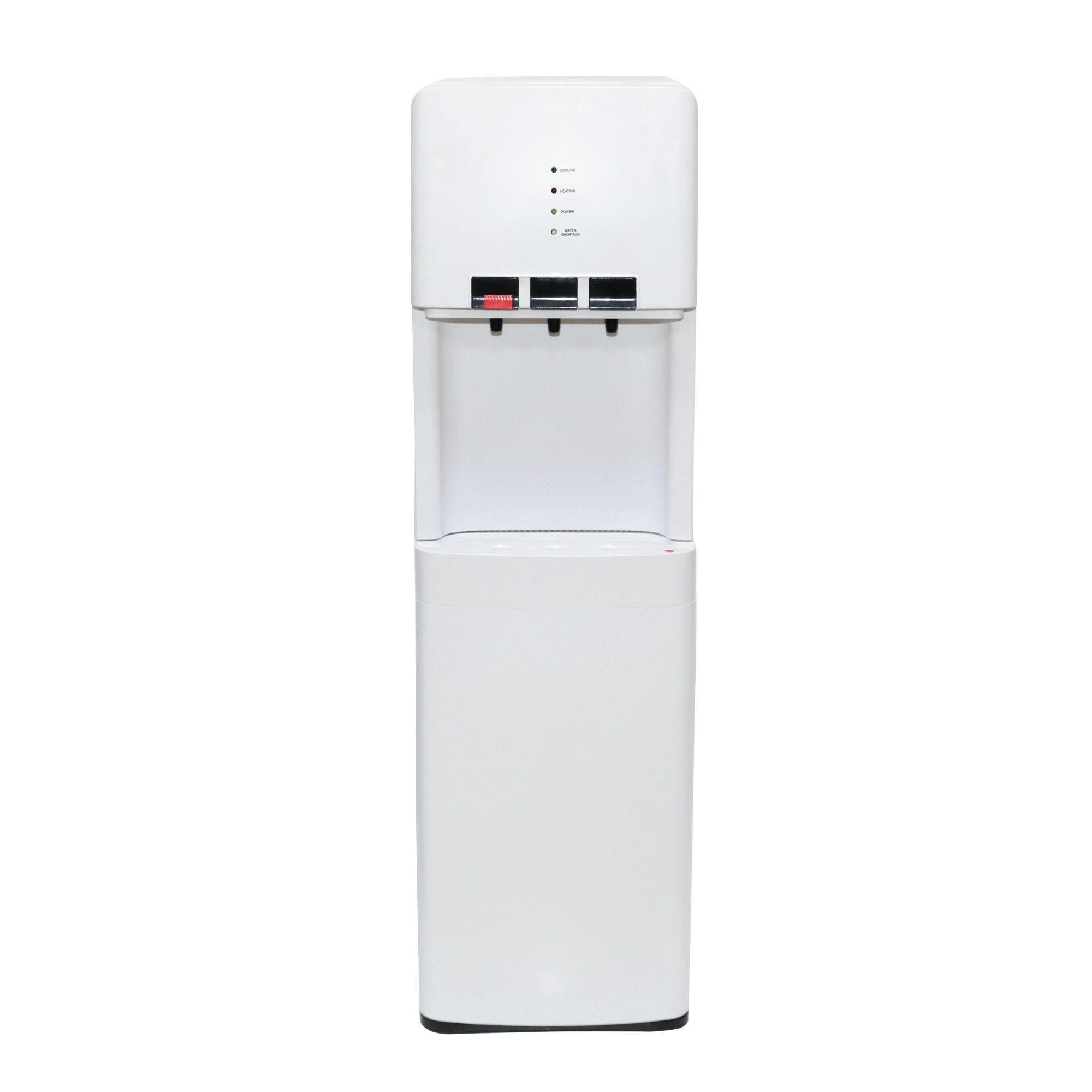
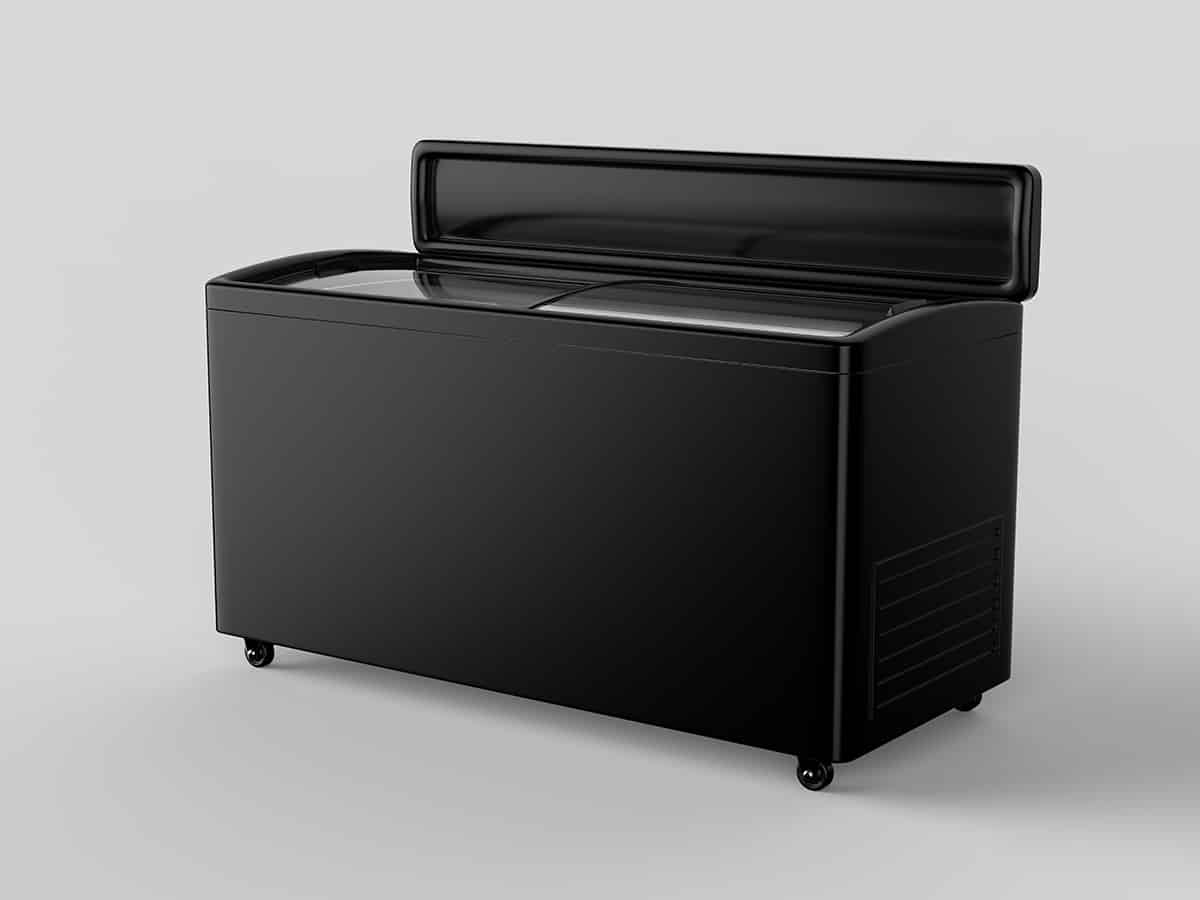

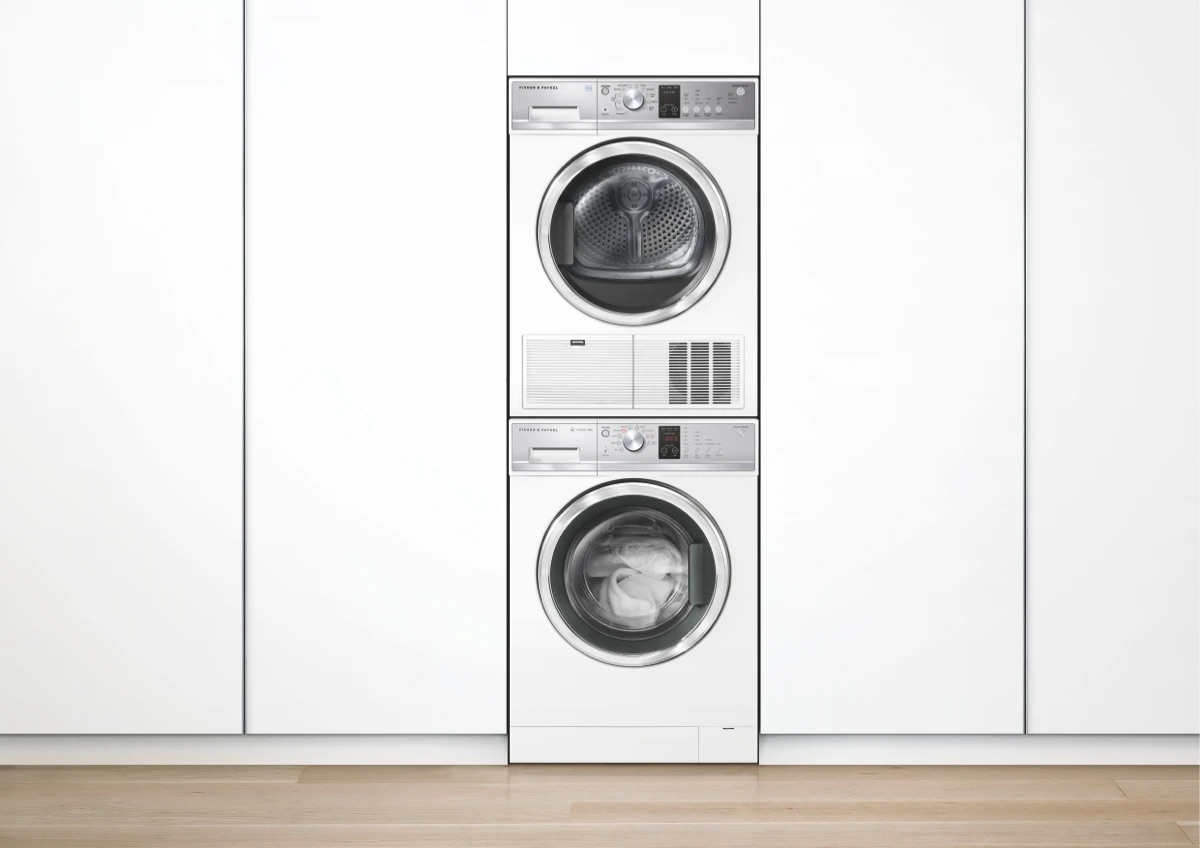
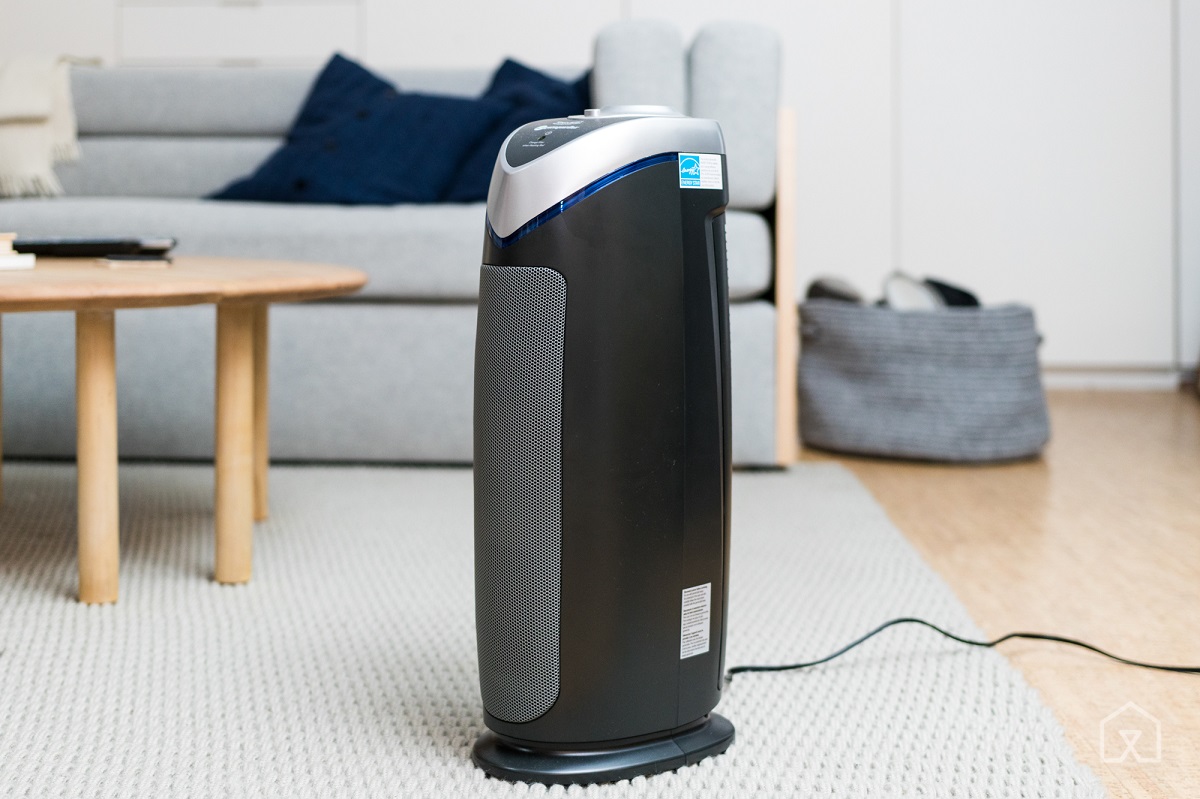

0 thoughts on “How Much Electricity Does Washer And Dryer Use”